Forty years ago, IBM researcher Charlie Bennett helped usher in the study of quantum mechanics’ impact on computing. IBM is still at it—and so is Bennett.
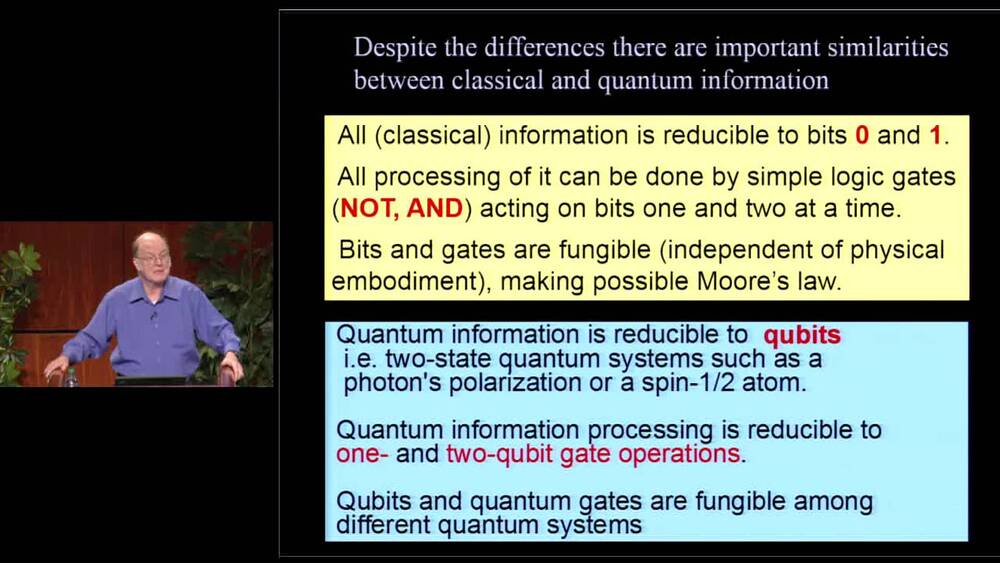

Forty years ago, IBM researcher Charlie Bennett helped usher in the study of quantum mechanics’ impact on computing. IBM is still at it—and so is Bennett.
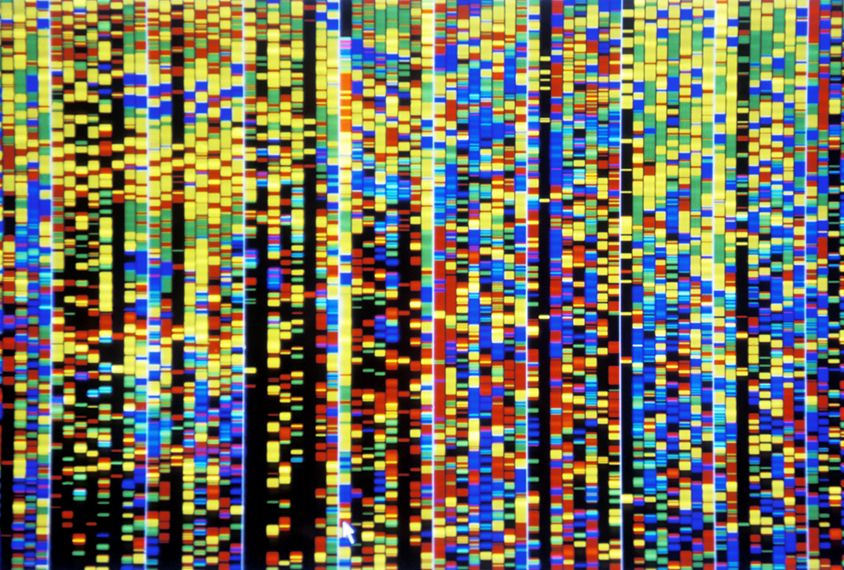
After doubling its sample size, the largest study of genetic data from autistic people has identified 255 genes associated with the condition, an increase of more than 40 genes since the researchers’ 2019 update; 71 of the genes rise above a stringent statistical bar the team had not previously used. The new analysis also adds data from people with developmental delay or schizophrenia and considers multiple types of mutations.
“It’s a really significant step forward in what we do,” said Kyle Satterstrom, a computational biologist in Mark Daly’s lab at the Broad Institute in Cambridge, Massachusetts. Satterstrom presented the findings virtually on Tuesday at the 2021 International Society for Autism Research annual meeting. (Links to abstracts may work only for registered conference attendees.)
The team’s previous analyses used data from the Autism Sequencing Consortium, which enrolls families through their doctors. The researchers mainly scoured the genetic data to find rare, non-inherited mutations linked to autism.

Our physical space-time reality isn’t really “physical” at all, its apparent solidity of objects, as well as any other associated property such as time, is an illusion. As a renowned physicist Niels Bohr once said: “Everything we call real is made of things that cannot be regarded as real.” But what’s not an illusion is your subjective experience, i.e., your consciousness; that’s the only “real” thing, according to proponents of Experiential Realism. It refers to interacting entangled conscious agents at various ontological levels, giving rise to conscious experience all the way down, and I’d argue all the way up, seemingly ad infinitum. It’s a “matryoshka” of embedded realities: conscious minds within larger minds.
#ExperientialRealism
So, why Experiential Realism? From the bigger picture perspective, we are here for experience necessary for evolution of our conscious minds. Our limitations, such as our ego, belief traps, political correctness, our very human condition define who we are, but the realization that we largely impose those limitations on ourselves gives us more evolvability and impetus to overcome these self-imposed limits to move towards higher goals and state of being.
We are what we’ve experienced — the sum of our experiences define who we are. In this sense, as free will agents, we are co-creators within this experiential matrix. Non-duality is the essence of Experiential Realism — experience and experiencer are one. How can you possibly separate your own existence from the world, the observer from the observed? Today, philosophers and scientists argue that information is fundamental but consciousness is required to assign meaning to it. That makes consciousness (our experience in a broader sense) the most fundamental, irreducible ground of existence itself, while some philosophers suggest consciousness is all that is.
Experiential realism refers to interacting entangled conscious agents at various ontological levels, giving rise to conscious experience all the way down, and I’d argue all the way up, seemingly ad infinitum. It is a “matryoshka” of embedded realities: conscious minds within larger minds. Experiential Realism is a non-physicalist, monistic idealism. It is not to be confused with Naïve Realism, the idea that we see the world around us objectively, as it is. We don’t. Just the opposite is true. Experiential Realism is predicated on the centrality of observers and all-encompassing quantum computational principles. The objective world, i.e., the world whose existence does not depend on the perceptions of a particular observer, consists entirely of conscious agents, more precisely their experiences. What exists in the objective world, independent of your perceptions, is a world of conscious agents, not a world of unconscious particles and fields.
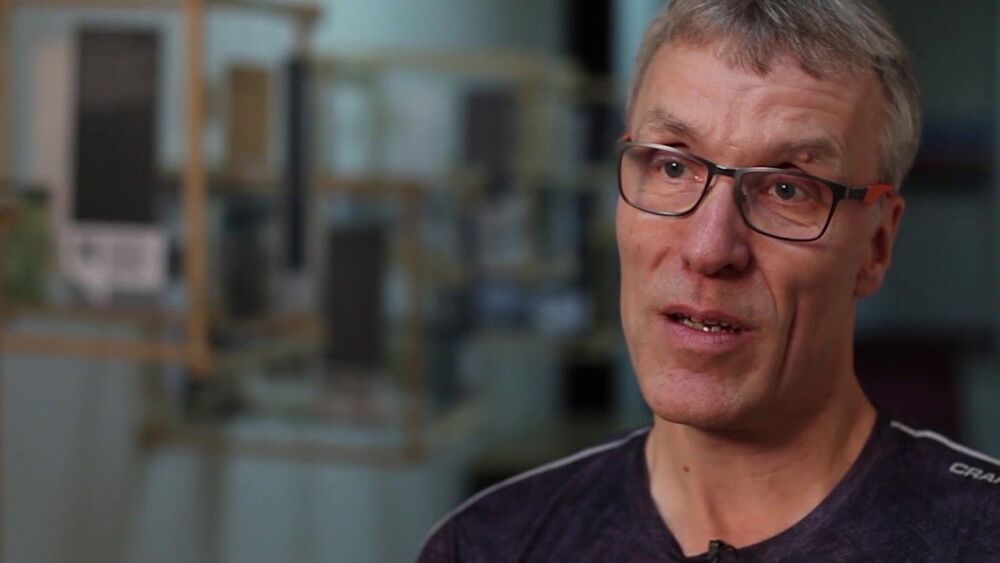
Physics has long looked to harmony to explain the beauty of the Universe. But what if dissonance yields better insights?
Quantum physics is weird and counterintuitive. For this reason, the word ‘quantum’ has become shorthand for anything powerful or mystical, whether or not it has anything whatsoever to do with quantum mechanics. As a quantum physicist, I’ve developed a reflexive eyeroll upon hearing the word applied to anything outside of physics. It’s used to describe homeopathy, dishwasher detergents and deodorant.
If I hadn’t first heard of Quantum Music from a well-respected physicist, I would have scoffed the same way I did at the other ridiculous uses of the word. But coming from Klaus Mølmer it was intriguing. In the Quantum Music project, physicists and musicians worked together to unite ‘the mysterious worlds of quantum physics and music for the first time’. They developed a device that attaches to each key of a piano so that, when the pianist plays, the information is piped to a computer and synthesiser, which plays ‘quantum’ tones in addition to the familiar reverberations in the piano.
Among the tones used are those that represent a very quantum object: a Bose-Einstein condensate (BEC). This is a cloud of atoms that have been cooled down to just above absolute zero. At this low temperature, the microscopic quantum properties of the individual particles can all be treated collectively as a single, macroscopic quantum entity. Studying BECs is a way of examining the consequences of quantum mechanics on a larger scale than is typically possible.
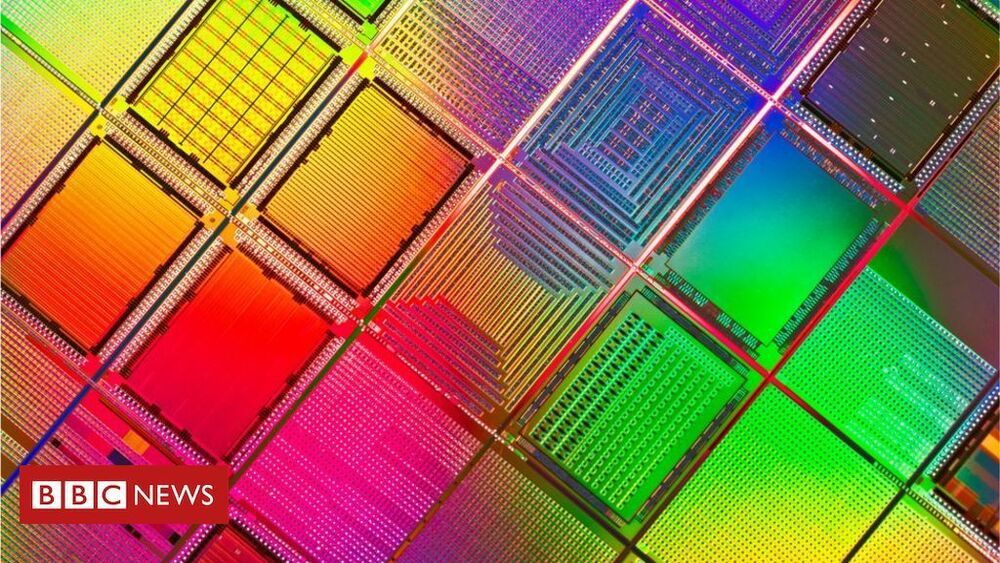

The pace of those improvements has slowed, but International Business Machines Corp on Thursday said that silicon has at least one more generational advance in store.
IBM introduced what it says is the world’s first 2-nanometer chipmaking technology. The technology could be as much as 45% faster than the mainstream 7-nanometer chips in many of today’s laptops and phones and up to 75% more power efficient, the company said.
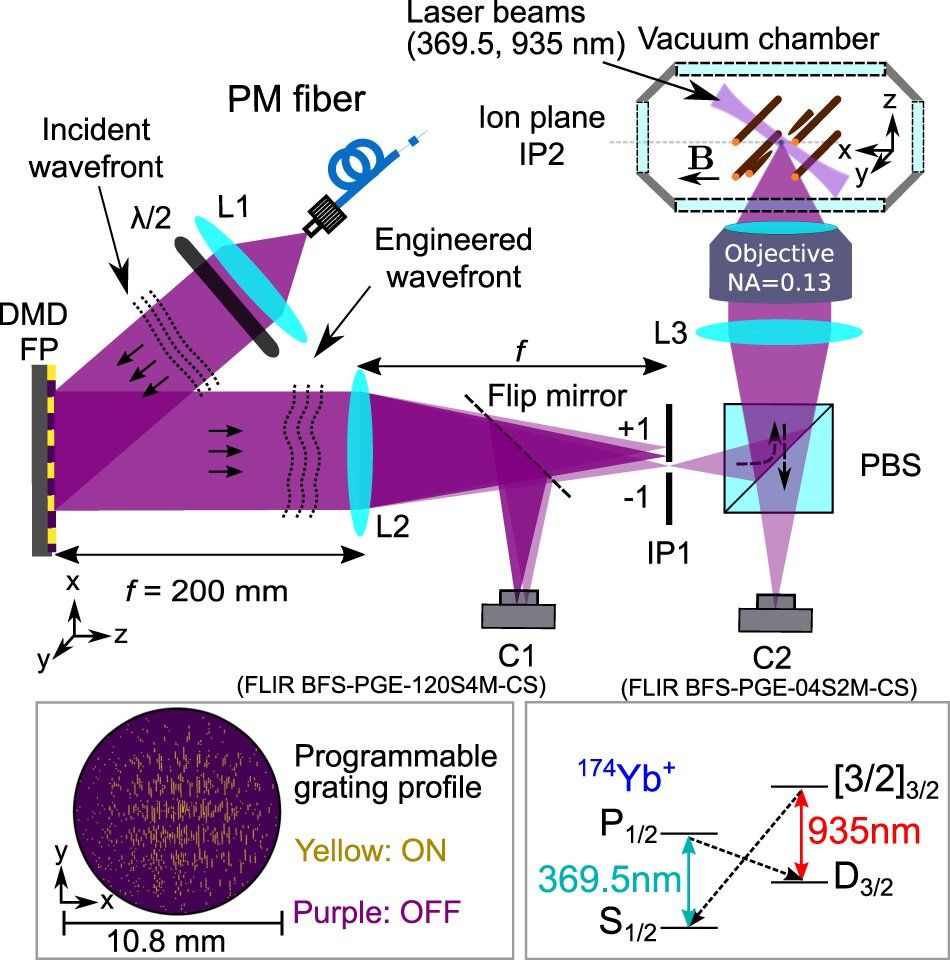
Researchers have discovered the most precise way to control individual ions using holographic optical engineering technology.
The new technology uses the first known holographic optical engineering device to control trapped ion qubits. This technology promises to help create more precise controls of qubits that will aid the development of quantum industry-specific hardware to further new quantum simulation experiments and potentially quantum error correction processes for trapped ion qubits.
“Our algorithm calculates the hologram’s profile and removes any aberrations from the light, which lets us develop a highly precise technique for programming ions,” says lead author Chung-You Shih, a Ph.D. student at the University of Waterloo’s Institute for Quantum Computing (IQC).
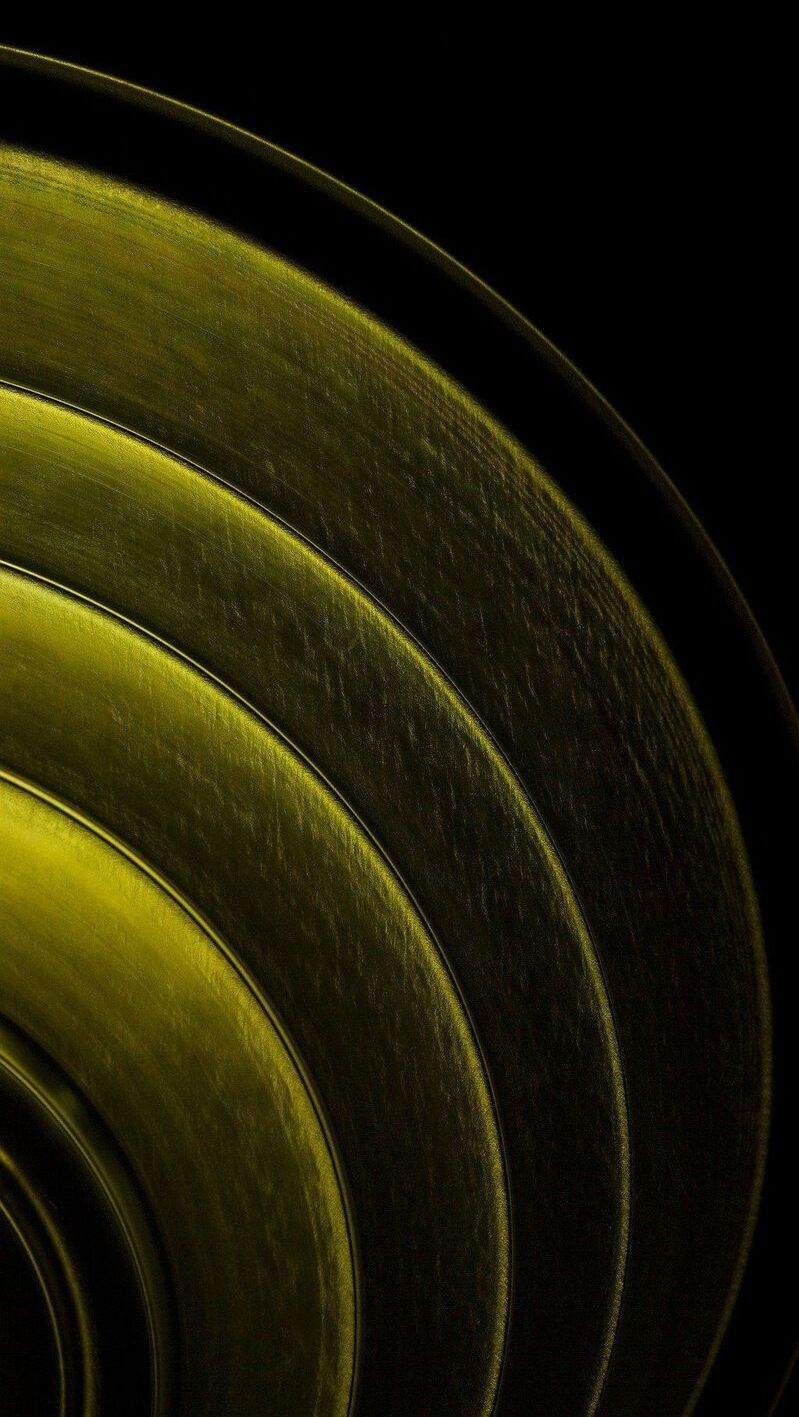
Researchers at CRANN (The Centre for Research on Adaptive Nanostructures and Nanodevices), and the School of Physics at Trinity College Dublin, today announced that a magnetic material developed at the Centre demonstrates the fastest magnetic switching ever recorded.
The team used femtosecond laser systems in the Photonics Research Laboratory at CRANN to switch and then re-switch the magnetic orientation of their material in trillionths of a second, six times faster than the previous record, and a hundred times faster than the clock speed of a personal computer.
This discovery demonstrates the potential of the material for a new generation of energy efficient ultra-fast computers and data storage systems.

In a feat worthy of a laboratory conceived by J.K. Rowling, MIT researchers and colleagues have turned a “magic” material composed of atomically thin layers of carbon into three useful electronic devices. Normally, such devices, all key to the quantum electronics industry, are created using a variety of materials that require multiple fabrication steps. The MIT approach automatically solves a variety of problems associated with those more complicated processes.
As a result, the work could usher in a new generation of quantum electronic devices for applications including quantum computing. Further, the devices can be superconducting, or conduct electricity without resistance. They do so, however, through an unconventional mechanism that, with further study, could give new insights into the physics of superconductivity. The researchers report their results in the May 3, 2021 issue of Nature Nanotechnology.
“In this work we have demonstrated that magic angle graphene is the most versatile of all superconducting materials, allowing us to realize in a single system a multitude of quantum electronic devices. Using this advanced platform, we have been able to explore for the first time novel superconducting physics that only appears in two dimensions,” says Pablo Jarillo-Herrero, the Cecil and Ida Green Professor of Physics at MIT and leader of the work. Jarillo-Herrero is also affiliated with MIT’s Materials Research Laboratory.
